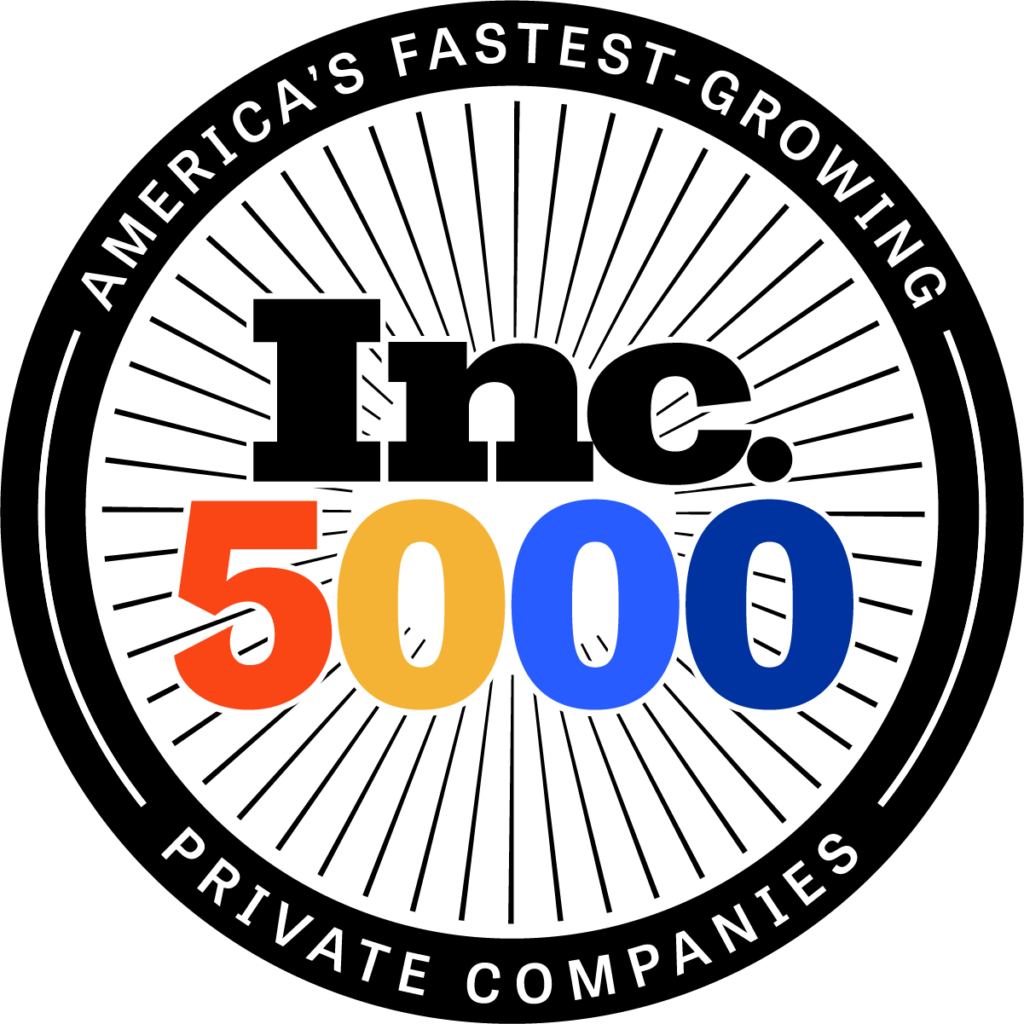They’re two of the most widely used forms of marketing content in existence. They’re fixtures in most companies’ resource libraries, and they’re two assets buyers find most valuable when making a purchasing decision. And yet, in many SMB circles, the terms “e-book” and “whitepaper” still get confused.
The trouble with interchanging the two content formats is it may prevent businesses from making the most out of their content marketing investment. When used properly, an e-book or whitepaper can be a phenomenal asset for driving lead gen, boosting conversion rates and optimizing email programs. When used improperly, they can eat up valuable time and resources that could’ve been spent developing other types of marketing content.
To ensure SMBs make the most of their content marketing investment and get as much mileage out of their e-book or whitepaper as possible, they first must understand the main differences between the two formats. By doing so, small businesses can better utilize these assets within their content strategy.
The Key Differences Between E-books and Whitepapers
Purpose
While it’s possible for a whitepaper and e-book to have similar purposes, they often differ slightly. The purpose of a whitepaper is to educate. Whether for an audience of HR managers or a team of used car salesman, the whitepaper is written and designed to lend expertise to a subject, idea or issue without making an overt connection between a business’ products or solution and the topic presented in the whitepaper. This educational purpose is often reflected in the title – whitepaper titles are usually specific to a topic and speak definitively to what the piece is about e.g “How to Create and Evaluate an Effective Lead Scoring Strategy” or “The Impact of a Whitepaper Title.”
Whitepapers are quality top-of-the-funnel assets. This means because they are focused on educating an audience and not selling to them, whitepapers are effective assets for loosening an audience’s status quo. These valuable assets can plant an idea in your audience’s mind and convince them to rethink their current standing related to a product or issue.
While e-books do look to educate an audience, they are often more focused on practical, actionable insights, and the titles reflect this purpose e.g. “10 Questions to Ask Before Writing an E-book” or “The Core Elements of an Effective E-book.” E-books are designed to give readers easy-to-digest information (often statistic-heavy) to illustrate a point, process or idea. This makes them valuable resources to share with prospects who are at the top and middle of the funnel. They can just as easily be positioned to educate an audience about an idea as they can provide the insights to compare, evaluate and even justify products or solutions.
Substance
Whitepapers are much denser and more structured than their e-book counter parts. They’re often 1,500-2,000 words, and the best whitepapers are structured so that ideas and points are broken into clearly defined sections – overview, problem, solutions, conclusion – that give readers a clear story to follow. Because of this definitive structure, whitepapers have more room to pursue the depth of a topic or problem, delve into the specific ideas and provide background information and research, which is great for readers who require more substantive information such as low-level decision makers who may need as much info as possible to make an argument for a business proposition.
E-books are often shorter and more concise (around 10 pages and 800 words). By design, they look to provide quick insights and facts, leaving little room to explore the context and background of a topic or idea. This “less-is-more” construction makes e-books prime for consumption among busy executives and C-level business leaders.
Style
Naturally, since whitepapers are more authoritative and educational, they tend to be denser than an e-book. They are often more formally written and designed. Again, the purpose of the whitepaper is to plant an idea and educate an audience – perhaps inform an HR manager of alternative methods for boosting employee retention or educate a sales executive on evolving leadership tactics. Blocks of text are common, and graphical elements and imagery are less present.
E-books are less formal. They are often more visually-oriented assets because they’re written to provide short, concise insights rather than explore ideas and issues. Statistics are illustrated graphically. Quotes are pulled out and stylized. In essence, e-books are skim-friendly content pieces, designed for an audience to consume quickly and easily.
For SMBs, the need for e-books and whitepapers will continue long into the future. Marketers and business owners must be strategic about their development of these assets to optimize their use and ROI. The purpose and goal of content should always be paramount to its creation and deployment. While e-books and whitepapers are extremely valuable assets to have, it’s important to understand how the values they provide are different and to align those values with measurable marketing goals.







